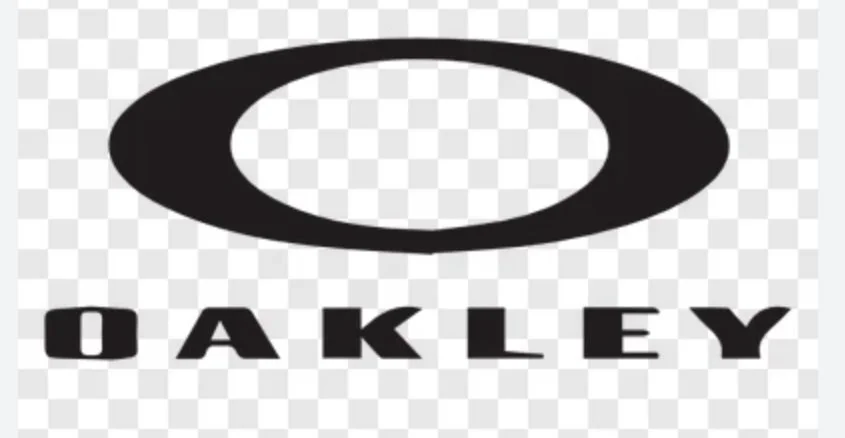Technologies
Optical Coherence Tomography (OCT):
OCT provides a cross-sectional view of back of your eye (optic disc/never and macula) and anterior parts of your eye (anterior chamber angle, cornea and tear thickness). It uses reflected light to illustrate the layers and detect/monitor potentially serious conditions like glaucoma, diabetic maculopathy, macular degeneration, vitreomacular adhesion/traction, maculopathy caused by medications.
As the pioneering OCT technology, Zeiss Cirrus™ HD-OCT provides sectional image of macula with very high resolution and a unique view of the optic nerve head for analysis and ganglion cell analysis.
OPTOPOL REVO 60K OCT combines one-touch exams with preset scan combinations for streamlined workflows and wide filed line scan of macula and optic nerve head.
OptoMap
It obtains ultra-widefield digital images of the retina by using different wavelengths of laser.
Optomaps show wide retinal images to reveal signs of retinal diseases such as age-related macular degeneration, high blood pressure, diabetic retinopathy, glaucoma, retinal detachment, pediatric retinal disorders, PVD and other retinal conditions
Visual Field (VF)
VF tests your “peripheral vision” which isn’t right in front of you. The test help find early signs of diseases like glaucoma that gradually damage vision, and other conditions of retina and brain. Computerized VFs are available to perform the tests and calculate results.
ZEISS Humphrey Field Analyzer (HFA) 3 reduce testing time & increase insight into glaucoma.
Identify progression-Guided Progression Analysis™ helps determine if visual field loss is progressing. See the whole picture of glaucoma - based on visual field function and corresponding OCT structure data
Topography:
The topography maps show the surface features of your cornea, including spots where your corneal is steep or flat to help design the best-fitting Orthok lenses and RGP contact lenses, and help find and monitor distortions in the curvature of the cornea, like keratoconus and corneal degeneration/dystrophy.
MYAH: A Topcon all - in - one device
A multifunctional device for empowering myopia management and dry eye assessment, providing a holistic approach to monitor axial length, assess the corneal profile and evaluate meibomian gland health.
The E300, with a small-cone placido disc design, allows for precise and actual captured data across the cornea. It has a reputation as the gold-standard for fitting specialty contact lenses.
Measure tear volume and tear break time for dry eye assessment,
Meibpgraphy, with an infrared transmitting filter, to evaluate the morphology of the Meibomian glands, which are located in the eyelids and produce lipids into the tear, and to determine whether they fulfill their function of providing the necessary fats to limit tear evaporation.
MYAH allows you to monitor the progression of myopia by providing essential information to monitor eye elongation and compare axial length measurements with built-in growth curves.
Assesses the corneal profile and provides analysis of keratoconus.
Meibography and Anterior segment images: Topcon Digital Slit Lamp with DC-4 Camera attachment
Evaluate meibomian gland health.
Anterior segment images can show the structures of eyelid, conjunctiva, cornea, crystal lens and part of vitreous to reveal and monitor the pathologic changes.
Eyewear
We offer a selection of quality, stylish, and comfortable prescription eyeglasses with premium lenses to meet your vision needs.
We offer professional children's eyeglass frames with a warranty for one to two years. Prescription changes for children's lenses are free for one to two years. We offer a one year warranty for adult eyeglass frames.
Optical dispensing and Contact lens fitting/training
Dispensing Lenses
Contact lens fitting and training area

























